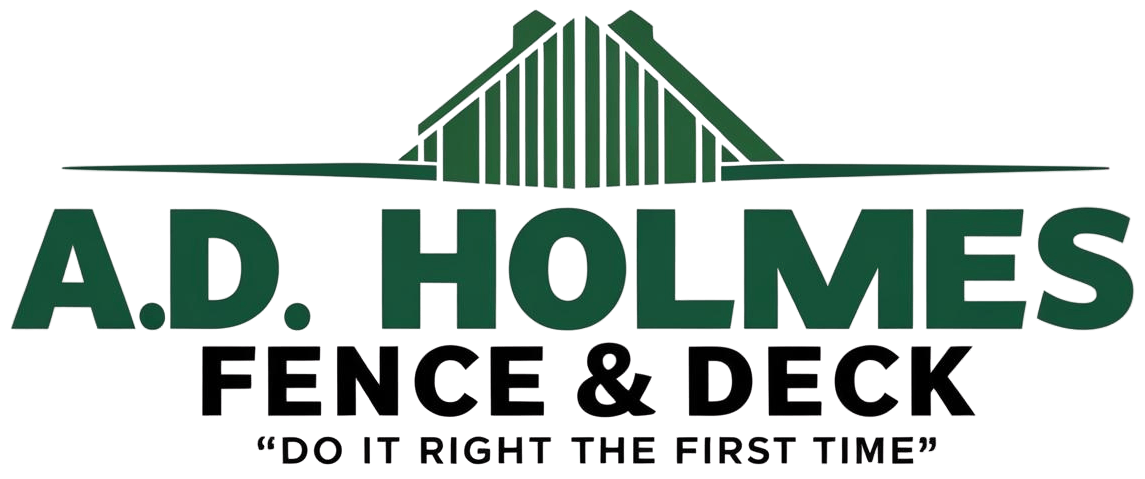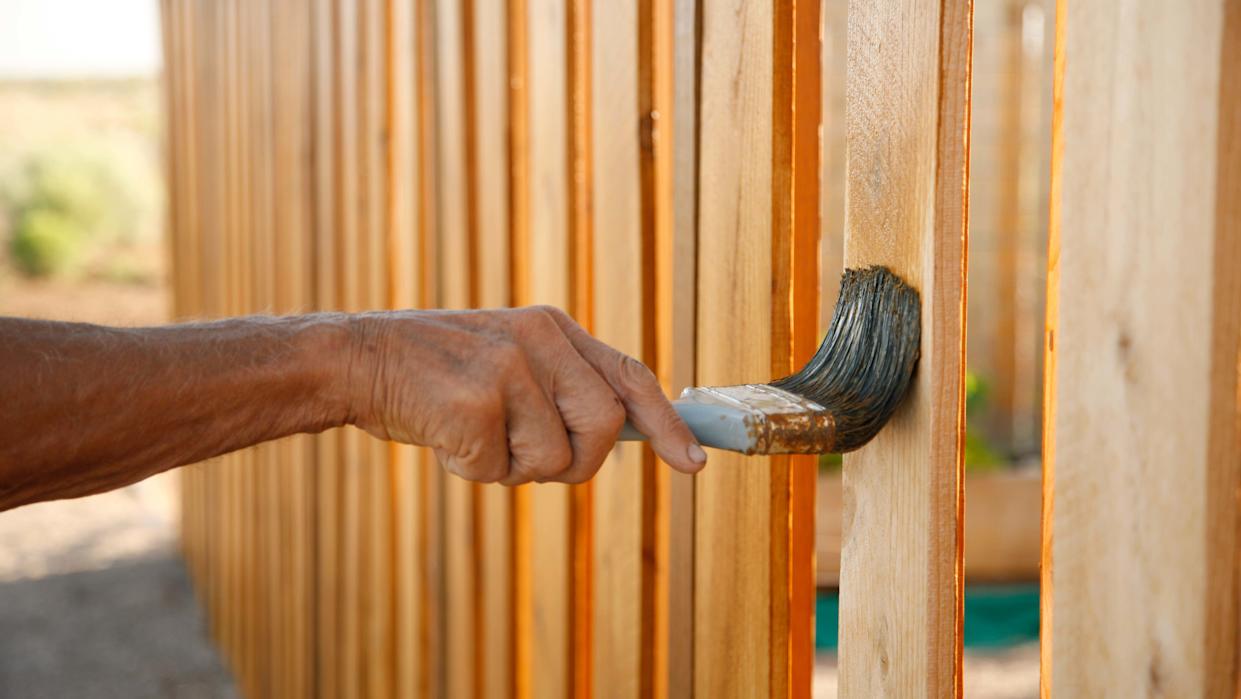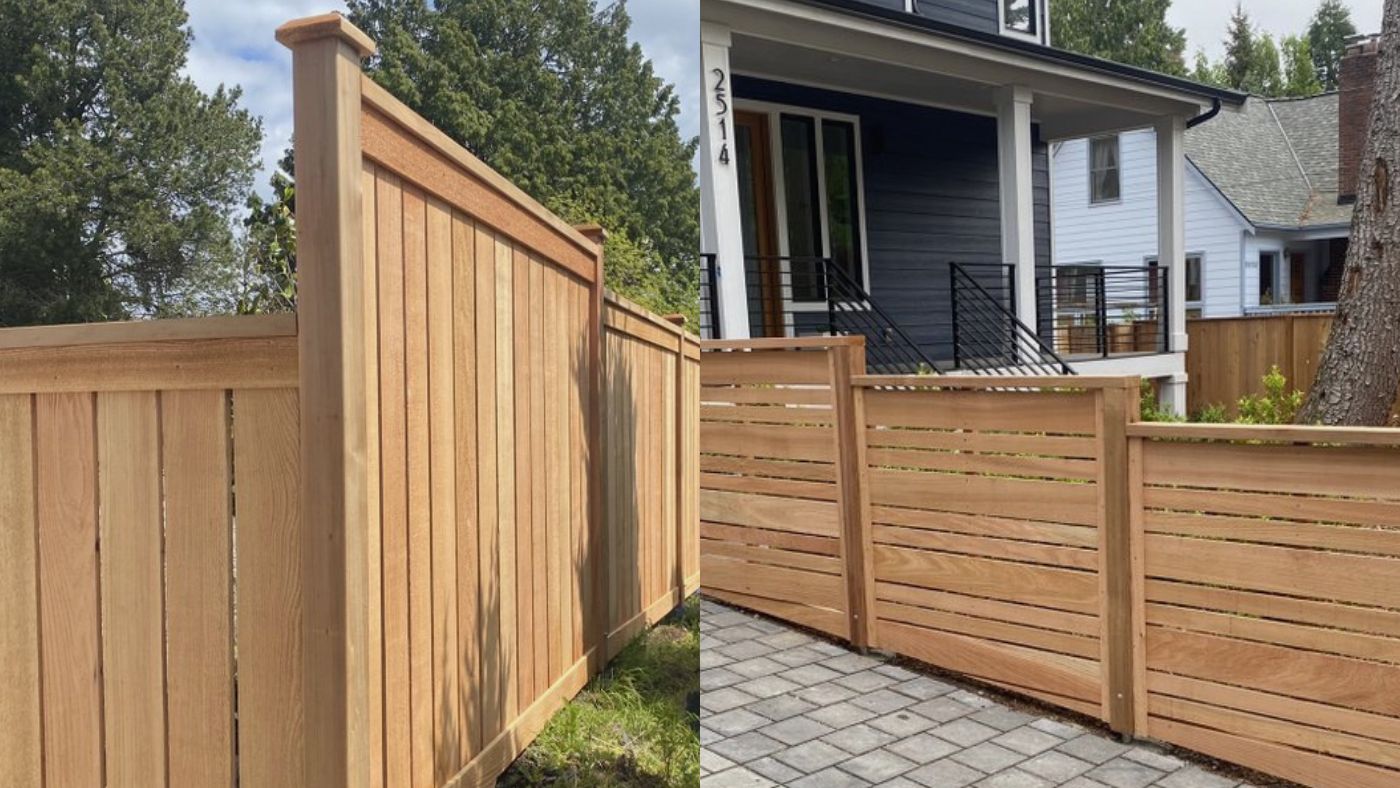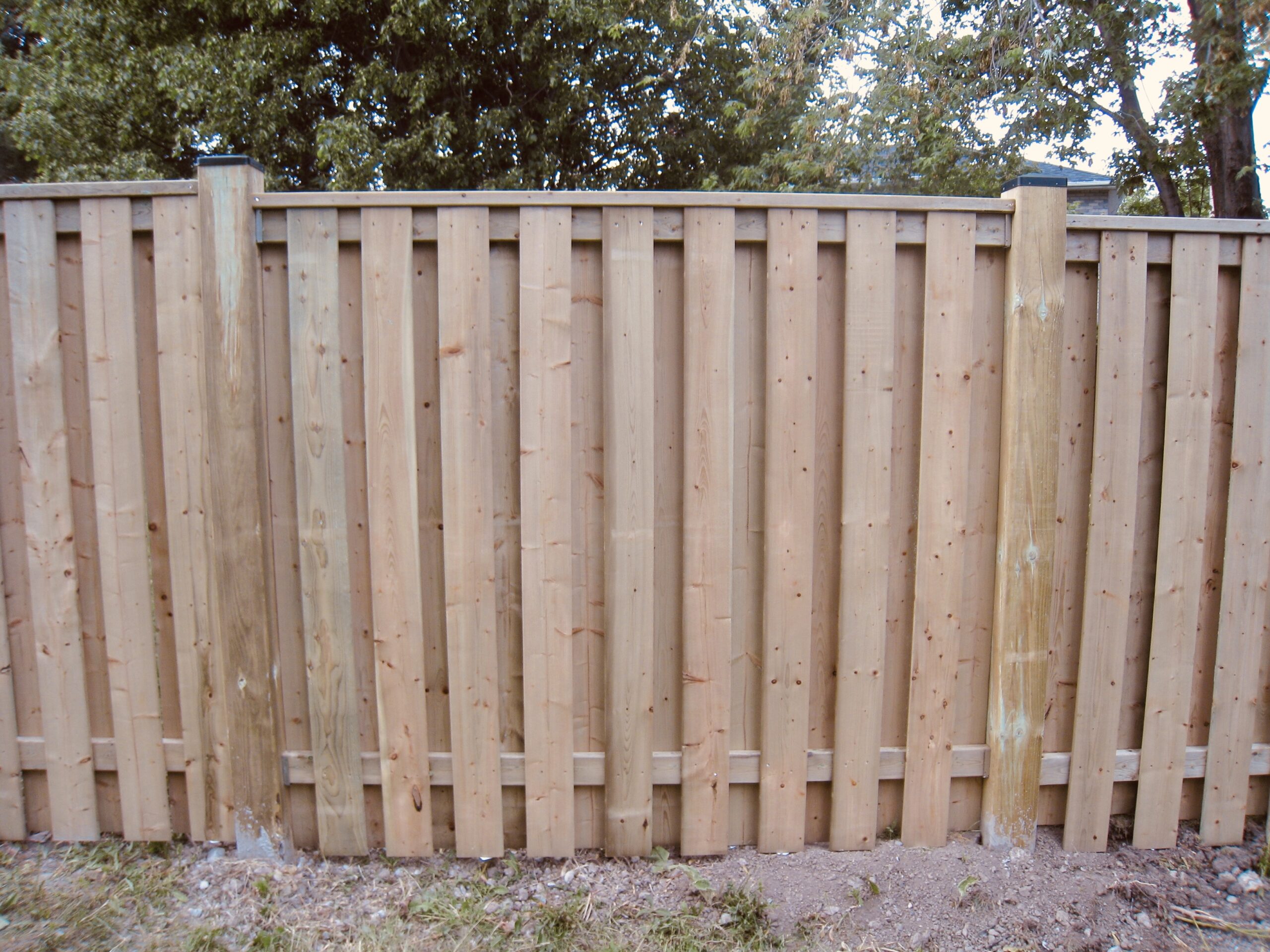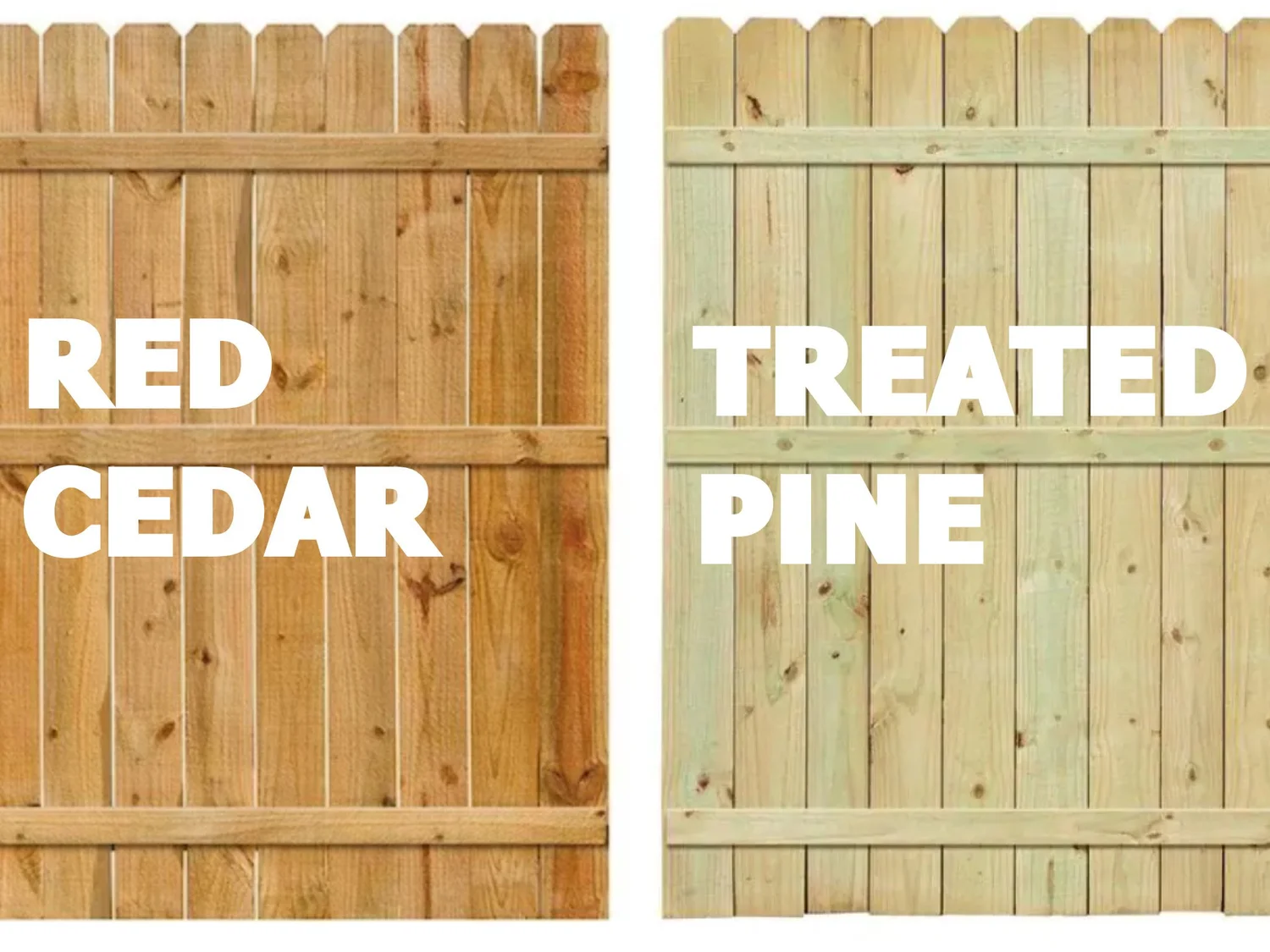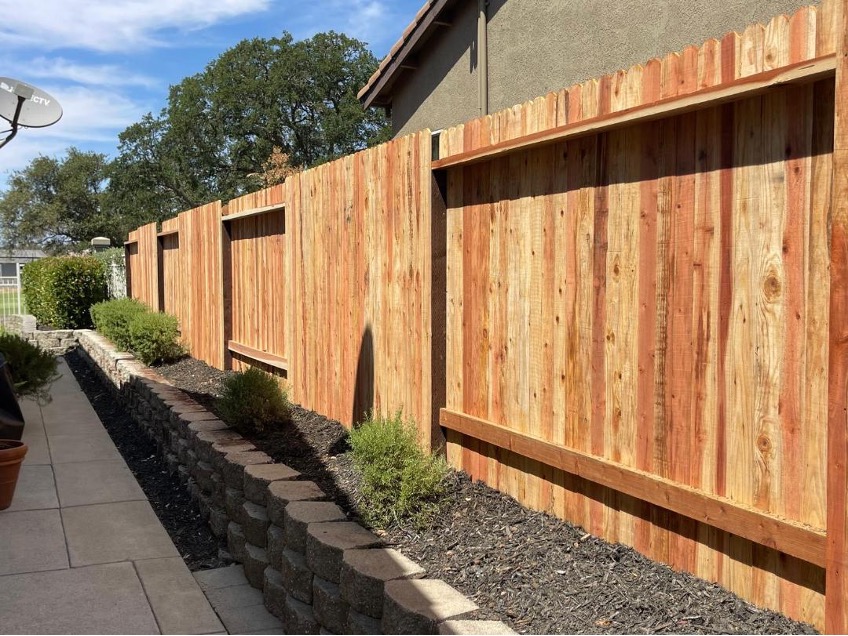
Why the Cheapest Fence Quote Isn’t Always the Best Value
When homeowners in York and Durham regions receive multiple fence quotes, the temptation to choose the lowest price is understandable. After all, saving money upfront feels like a smart decision. However, after 25+ years of building fences and decks across communities from Newmarket to Markham, we at A.D. Holmes Fence & Deck have witnessed countless situations where the cheapest initial quote resulted in the most expensive long-term investment.
The reality is that true value extends far beyond the bottom line. A fence represents a significant investment in your property’s security, privacy, and curb appeal—one that should protect and enhance your home for decades, not just a few years.
The Hidden Costs of Cheap Fencing
Poor Quality Materials Lead to Premature Failure
The most significant difference between a bargain fence and a quality installation lies in the materials. Budget-focused contractors often source the cheapest available lumber, hardware, and posts to keep their quotes competitive. This approach creates several problems that become apparent within the first few years.
Cheap pressure-treated lumber often uses lower-grade wood with minimal chemical treatment, making it susceptible to rot, warping, and insect damage. In Ontario’s climate, where we experience freeze-thaw cycles, heavy snow loads, and humid summers, inferior materials simply cannot withstand these conditions. Posts that should be buried at least 36-42 inches deep to prevent frost heave movement are often installed too shallow to save time and materials.
The galvanized coating on budget hardware tends to be thinner, leading to premature rust and corrosion. When fence panels start sagging due to failing hardware or posts begin to lean because they weren’t properly set, the repair costs quickly add up—often exceeding what you would have paid for quality installation initially.
Compromised Installation Practices
Low-bid contractors typically achieve their pricing through rushed installation schedules and corner-cutting techniques. Common problems we encounter when repairing “bargain” fences include post holes that are too shallow, inadequate concrete usage, poor alignment, and inconsistent spacing.
Proper post installation requires specific techniques: holes should be 30-36 inches deep depending on fence height, with sufficient concrete to ensure stability. Budget installers often skip these critical steps, resulting in fences that begin tilting or failing within their first winter season.
The Canadian General Standards Board has established specific requirements for fence installation, including proper post spacing (maximum 3.1 meters center-to-center) and adequate footing depth to prevent frost heave. Quality contractors follow these standards because they understand the long-term implications—cheap contractors often ignore them to save time and materials.
Warranty and Service Issues
Budget fence companies typically offer minimal warranties and often disappear when problems arise. Many homeowners discover too late that their “great deal” came with no meaningful recourse when the fence fails prematurely.
Professional fence contractors typically offer comprehensive workmanship warranties ranging from 2-5 years, plus they stand behind their installations with full liability insurance. When issues do arise—and they inevitably will with any outdoor structure—having a reliable contractor who honors their commitments makes all the difference.
What Quality Fence Installation Actually Includes
Premium Materials and Proper Specifications
Quality fence contractors source materials that meet or exceed Canadian Fence Industry Association standards. This includes properly treated lumber with appropriate chemical retention levels, galvanized hardware with sufficient coating thickness, and posts sized correctly for the intended application.
For wood fencing projects, this means using cedar, redwood, or properly treated pine that can withstand Ontario’s challenging climate. Quality contractors also use appropriate fasteners—galvanized or stainless steel screws and bolts rather than basic nails that can work loose over time.
Professional Installation Techniques
Experienced contractors understand that proper installation begins long before the first post hole is dug. This includes accurate surveying to ensure the fence follows property lines, checking with utility companies to avoid underground hazards, and obtaining necessary permits.
The installation process itself involves precise post hole digging with appropriate depths and widths, proper concrete mixing and curing procedures, accurate panel alignment, and quality control checks throughout the project. These steps take time and expertise—commodities that budget contractors often sacrifice to maintain low pricing.
Comprehensive Project Management
Quality fence installation involves coordination with homeowners throughout the process, regular communication about timeline and progress, proper cleanup and site restoration, and final walkthrough to ensure satisfaction. Professional contractors also provide maintenance guidance to help homeowners protect their investment long-term.
The True Cost of Value Engineering
Calculating Long-Term Ownership Costs
When evaluating fence quotes, homeowners should consider the total cost of ownership rather than just the initial installation price. A cheap fence that requires significant repairs within 3-5 years, or complete replacement within 10 years, represents poor value compared to a quality installation that lasts 20-30 years with minimal maintenance.
Industry data shows that quality wood fences in Canadian climates typically last 15-25 years with proper installation and maintenance, while budget installations often fail within 5-10 years. The mathematics are straightforward: paying 30-40% more for quality installation often results in 50-100% longer service life.
Property Value Considerations
A well-built fence enhances property value, while a poor-quality installation can actually detract from your home’s marketability. Real estate professionals consistently report that quality fencing—particularly attractive styles like cedar privacy fences or ornamental iron—adds measurable value to residential properties.
Conversely, fences that are obviously failing or poorly constructed create negative impressions and can raise concerns about other aspects of property maintenance. The cost to remove and replace a failing fence before selling your home often exceeds the initial savings from choosing the cheapest quote.
How to Evaluate Fence Quotes Properly
Look Beyond the Bottom Line
When comparing fence quotes, examine what’s actually included in each proposal. Quality contractors provide detailed specifications covering materials, installation methods, timeline, and warranty terms. Budget quotes often lack these details because transparency would reveal where corners are being cut.
Key elements to compare include lumber grades and treatment levels, hardware specifications and coating quality, post installation methods and depths, concrete usage and curing procedures, cleanup and site restoration, and warranty coverage and duration.
Research Contractor Credentials
Legitimate fence contractors maintain proper business licenses, carry comprehensive liability insurance, and often hold certifications from industry organizations like the Canadian Fence Association. They should readily provide references from recent projects and welcome inquiries about their installation methods.
Warning signs of questionable contractors include reluctance to provide detailed written quotes, inability to supply insurance certificates, no fixed business address or phone number, demands for full payment upfront, and unwillingness to discuss installation specifications.
Understand the Installation Process
A quality fence installation involves multiple steps, each requiring specific expertise and time. Contractors who promise unrealistically fast completion times are likely cutting corners somewhere in the process.
Proper installations typically require site surveying and preparation, utility location and permitting, material delivery and staging, systematic post installation with proper curing time, panel installation with precise alignment, hardware installation and adjustment, cleanup and final inspection, and walkthrough with the homeowner.
Making the Right Investment Decision
Focus on Value, Not Just Price
The best fence quote balances quality materials, proper installation methods, reasonable timeline, comprehensive warranty, and fair pricing. This rarely corresponds to either the highest or lowest quote—it’s typically found in the middle range where contractors can maintain quality while remaining competitive.
Remember that fencing represents a long-term investment in your property. The annual cost of a quality fence amortized over 20-25 years is often less than the yearly maintenance and repair costs associated with budget installations.
Consider Your Specific Needs
Different properties and applications require different approaches to fencing. A rural property needing chain link fencing for livestock containment has different requirements than an urban backyard requiring privacy fencing. Quality contractors assess your specific situation and recommend appropriate solutions rather than pushing one-size-fits-all approaches.
According to the Canadian Fence Association, professional fence contractors should evaluate factors including soil conditions, climate exposure, intended use, maintenance preferences, and local bylaws before recommending specific materials and installation methods. This consultation process adds value that budget contractors typically skip.
Ask the Right Questions
When interviewing potential fence contractors, focus on understanding their approach to quality and customer service. Important questions include how they handle challenging soil conditions, what materials they recommend for your specific application, how they ensure posts remain stable through freeze-thaw cycles, what their warranty covers and for how long, and whether they can provide recent customer references.
Conclusion: Investing in Long-Term Success
The temptation to choose the cheapest fence quote is natural, but the true cost of this decision often becomes apparent only after the fence begins failing. Quality fence installation requires premium materials, proper techniques, adequate time, and professional expertise—elements that cannot be delivered at bargain-basement prices.
At A.D. Holmes Fence & Deck, we’ve built our reputation over 25+ years by focusing on value rather than just price. Our fences meet or exceed Canadian Fence Industry Association standards because we understand that your fence should be a long-term asset, not a recurring expense.
When evaluating fence quotes for your property, remember that the lowest initial price rarely represents the best long-term value. Instead, focus on finding a contractor who demonstrates commitment to quality materials, proper installation techniques, and customer service excellence. Your future self—and your property value—will thank you for making the investment in quality from the start.
By choosing quality over convenience and value over price, you’re not just buying a fence—you’re investing in decades of reliable performance, enhanced property value, and peace of mind. That’s the kind of value that no bargain-basement quote can provide.
